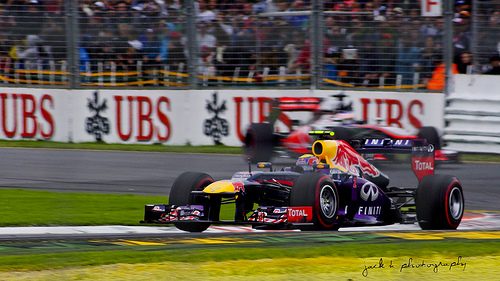Sony Cyber-shot DSC-HX9V
Also other numerous point and shoot/dslr like cameras.
I love takings pictures but as you can all see I am using regular point and shoot. So far my collection as over 19k pictures in my collection and growing. I am slowly deciding to buy a DSLR. With my Cyber-shot that I bought about 2 years ago has pretty decent quality but suffers with speed, on many occasions I miss the shot I wanted to take. But for few hundred bucks I can't complain about it.
I have little idea about Cannon vs Nikon vs Sony. I tried doing some research but at the end I got more questions.
I do know that new Sony DSLRs have the transparent mirrors to have high FPS shots but may perform very noisy at low light situations. So maybe Sony out of the question... but just maybe.
Canon vs Nikon. All I know that Canon is good for more steady shots while Nikon for more Sporty shots (true or not?).
About lenses, If I buy Nikon body can I fit a Canon lens on it or vice versa? If I buy a lower end Canon DSLR body, will all lenses from Canon work on that body? Any alternative companies that make good lenses for Canon or Nikon?
From what I would like to start with is a cheaper body, and have a nice lens but not too expensive, both in 3 figure mark if possible.
Any recommendations?
Thanks
PS. Left888 I do enjoy the bird pictures. Very nice!
Also other numerous point and shoot/dslr like cameras.
I love takings pictures but as you can all see I am using regular point and shoot. So far my collection as over 19k pictures in my collection and growing. I am slowly deciding to buy a DSLR. With my Cyber-shot that I bought about 2 years ago has pretty decent quality but suffers with speed, on many occasions I miss the shot I wanted to take. But for few hundred bucks I can't complain about it.
I have little idea about Cannon vs Nikon vs Sony. I tried doing some research but at the end I got more questions.
I do know that new Sony DSLRs have the transparent mirrors to have high FPS shots but may perform very noisy at low light situations. So maybe Sony out of the question... but just maybe.
Canon vs Nikon. All I know that Canon is good for more steady shots while Nikon for more Sporty shots (true or not?).
About lenses, If I buy Nikon body can I fit a Canon lens on it or vice versa? If I buy a lower end Canon DSLR body, will all lenses from Canon work on that body? Any alternative companies that make good lenses for Canon or Nikon?
From what I would like to start with is a cheaper body, and have a nice lens but not too expensive, both in 3 figure mark if possible.
Any recommendations?
Thanks
PS. Left888 I do enjoy the bird pictures. Very nice!


 Just an example, not necessarily a suggestion, a quick search shows that a Canon T4i with an 18-55 and a 55-250 lens package runs
Just an example, not necessarily a suggestion, a quick search shows that a Canon T4i with an 18-55 and a 55-250 lens package runs 
 And it would be AF and AF-S, for the non-dyslexics.
And it would be AF and AF-S, for the non-dyslexics.